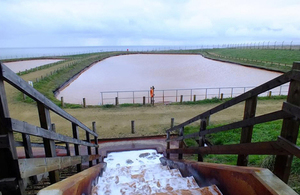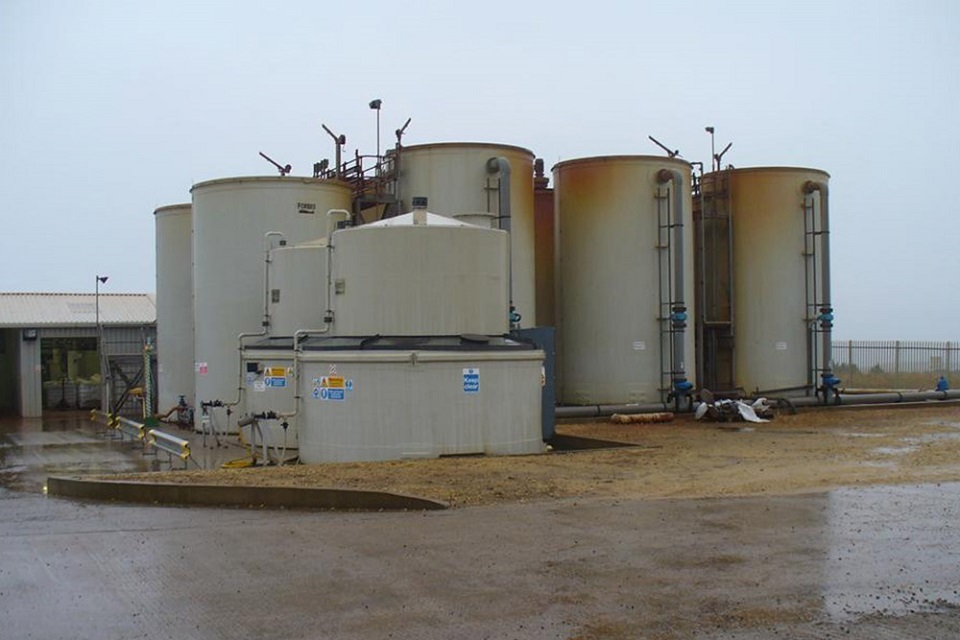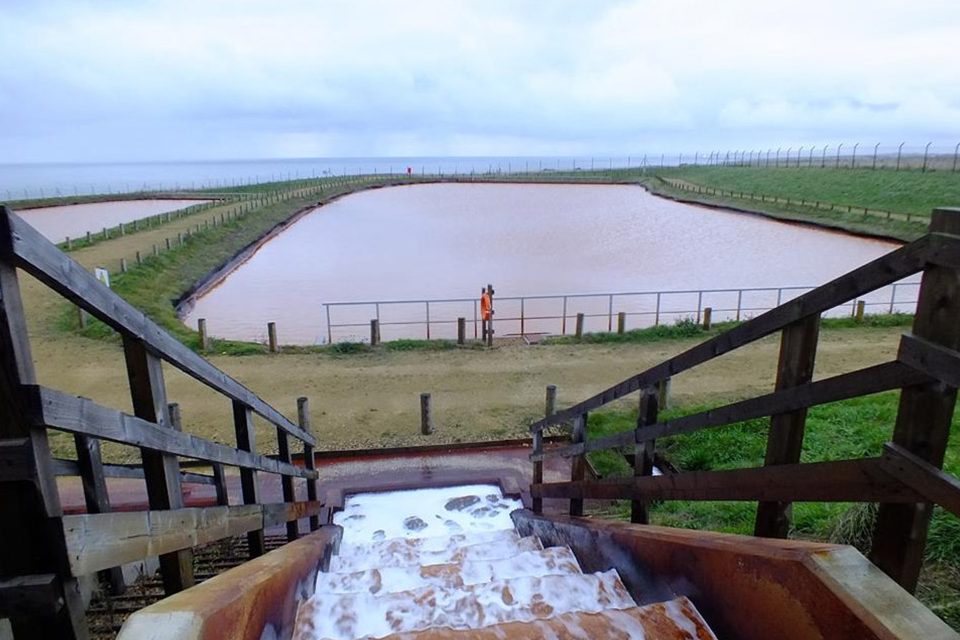Horden mine water treatment scheme
Horden mine water treatment scheme protects a vital source of drinking water and is located in County Durham, England.

Horden mine water treatment scheme
In the early 2000s, the Mining Remediation Authority identified that a major aquifer that provides 20% of drinking water in the local area was at risk from rising mine water.
In June 2004, a temporary active treatment plant was constructed at Horden to control the mine water while a more permanent solution was developed.
Following detailed investigations, it was confirmed that two separate schemes would provide the most effective solution. Locations at Horden and Dawdon were identified as the optimum sites to build the two permanent mine water treatment schemes.
To control the mine water in the north of the coalfield an active treatment plant was built at Dawdon in 2009. The temporary active treatment plant at Horden was replaced in 2011 with a more sustainable passive system to control the mine water in the south of the coalfield.

Temporary active plant at Horden mine water treatment shceme
With these two mine water treatment schemes we now have a flexible and robust long-term strategy to control mine waters in the area and protect the aquifer.
Horden mine water treatment scheme is situated on the Durham Heritage Coast. It consists of an aeration cascade, two settlement lagoons and two reed beds.
Following treatment, the mine water is released into the North Sea via a pipeline from the scheme. As the iron-rich mine water in this part of England is saline, this does not cause any problems when the treated water is discharged directly to the sea.

Areation cascade and settlement lagoon at Horden mine water treatment scheme
Coal mining legacies
Coal mining in Durham coalfield came to an end in the early 1990s when Wearmouth Colliery closed, the colliery at Horden closed in 1987.
Following the closure, the pumping equipment used to control the rising waters within the mine were turned off. As the rising water came into contact with the exposed mine workings, iron-rich minerals present in the rocks reacted with the water, releasing the iron into the water.
The mine water also contains high levels of dissolved salts, with chloride concentrations around twice that of sea water.
If the rising mine water in this area had been allowed to continue in an uncontrolled manner it would have resulted in the pollution of the East Durham aquifer, River Wear and the coastal areas of East Durham.
The solution
Mine water is pumped from the former colliery shaft, under a railway, to the treatment site.
The mine water passes over a double aeration cascade structure to increase the amount of oxygen in the water, as this encourages the dissolved iron to precipitate out of the water.

Aeration cascades at Horden mine water treatment scheme
The aerated water then flows into two lagoons where the iron is given time to settle at the bottom of the ponds so it can be collected.
The smaller particles of iron that remain in the water are removed as the water flows through two reed bed wetlands.

Reed beds at Horden mine water treatment scheme
The treated water leaves the scheme via a monitoring weir where we are able to undertake sampling to monitor the water quality. It then flows through a pipe where it discharges directly into the North Sea and naturally disperses.